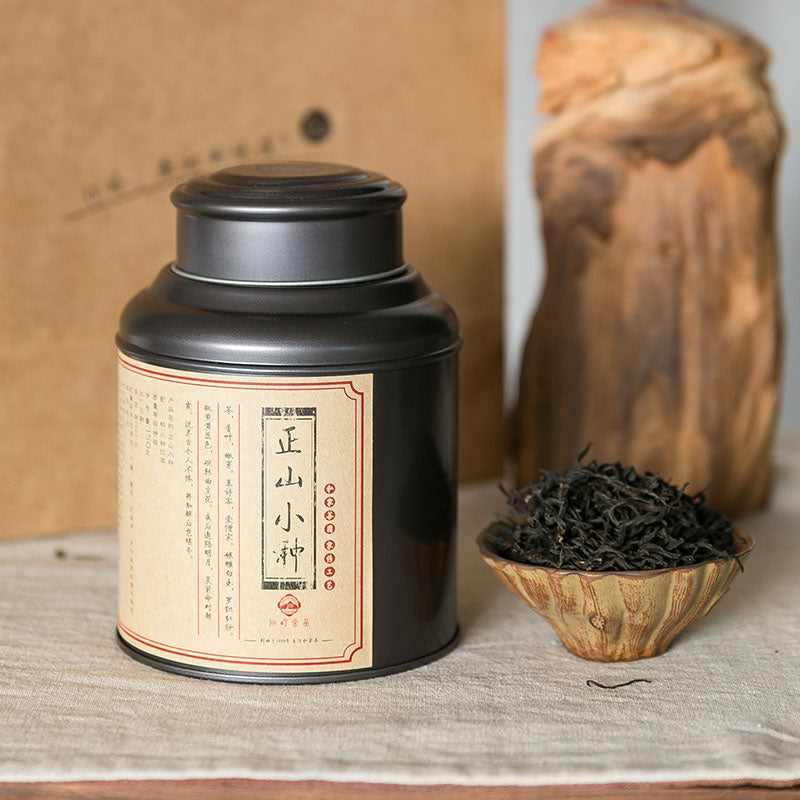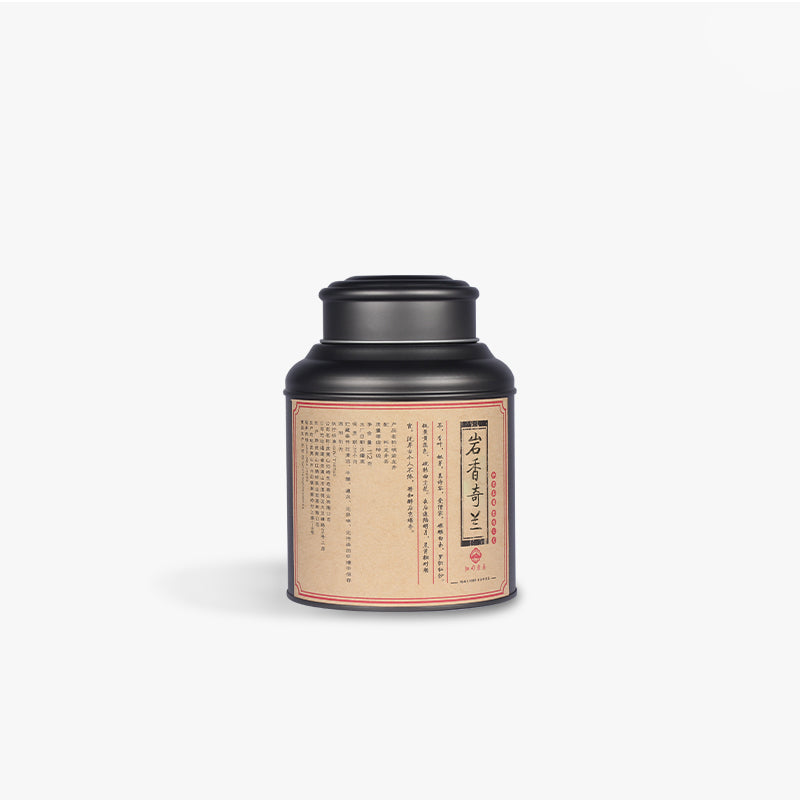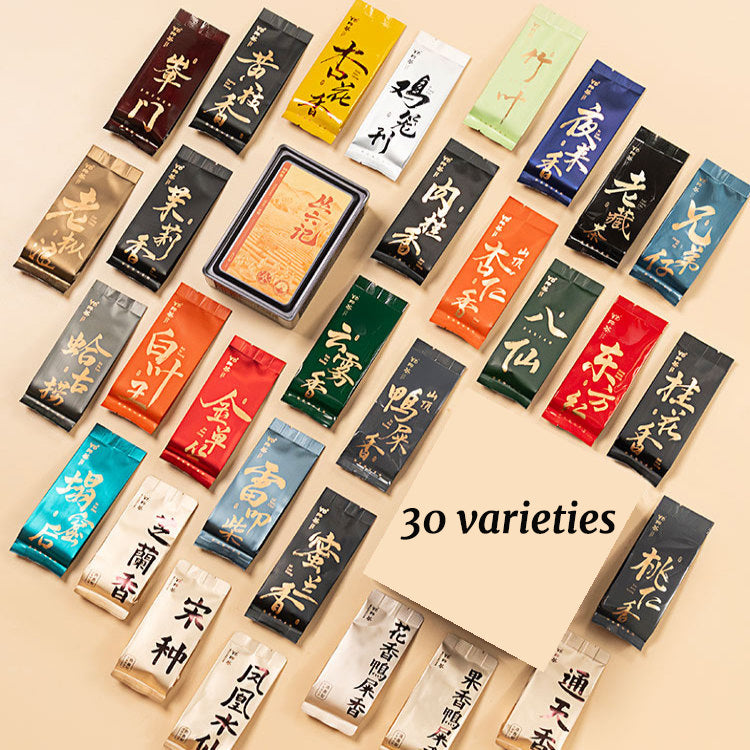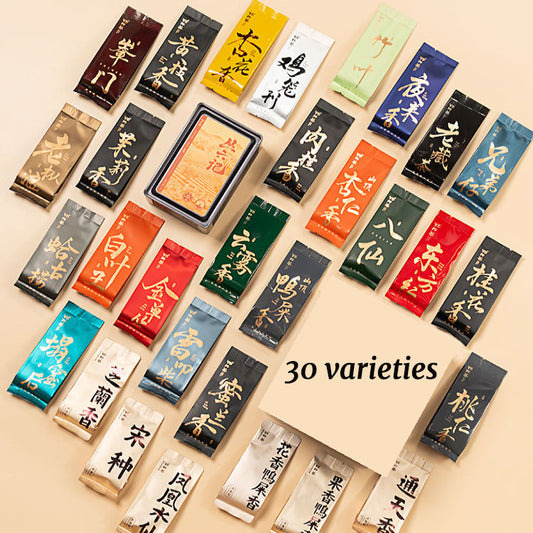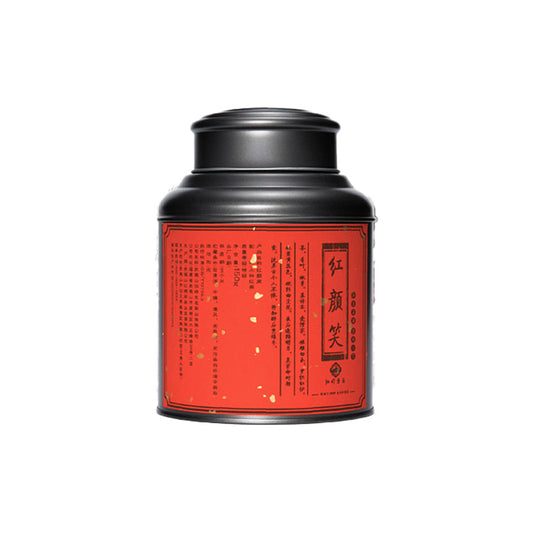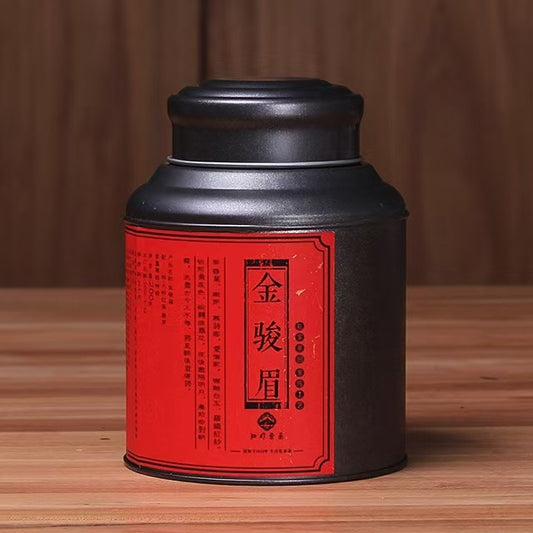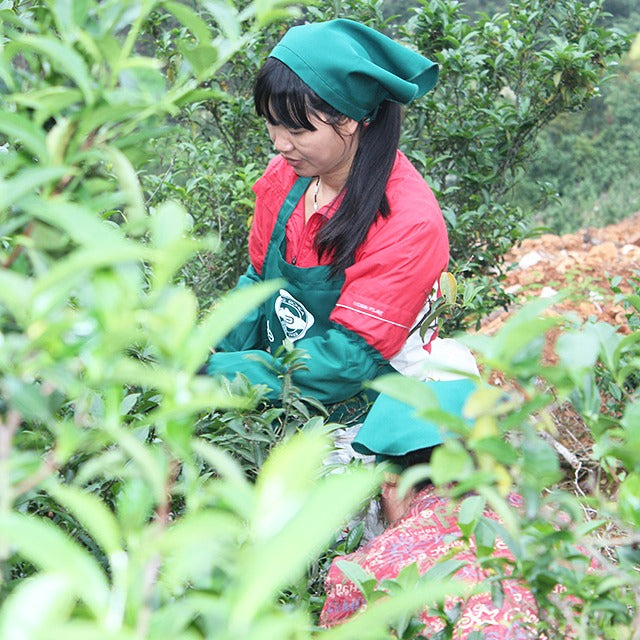Drinking Tea Leaves A Cultural and Culinary Exploration
Drinking Tea Leaves A Cultural and Culinary Exploration
When we think of tea, it's often the aromatic brew that comes to mind, steaming in a cup on a crisp morning or soothing us at the end of a long day. But there's a deeper experience to be had — one that engages not just our sense of taste and smell, but our tactile connection to the leaves themselves. Drinking tea leaves is an age-old tradition, a practice steeped in cultural significance and curiosity.
The journey of drinking tea leaves begins with the selection of the leaves themselves. Tea growers in regions such as Yunnan in China or the highlands of Taiwan cultivate their plants with a profound respect for nature and tradition. The leaves are carefully plucked by hand, each selected for its potential to offer a unique flavor profile. When you choose to consume these leaves, you are partaking in a ritual that extends back centuries, a tribute to the craftsmanship and care that begins in the tea gardens.
One of the first things a novice might notice when drinking tea leaves is the texture — a tactile experience that is as much a part of the enjoyment as the taste. Especially in the case of more delicate teas like Dragon Well (Longjing), the leaves can be tender and sweet, their softness indicating a gentle handling during processing. Here, it's important to ensure the leaves are of high quality; leaves that have been less expertly handled might be too coarse or bitter, detracting from the pleasure of the experience.
Brewing methods that respect the integrity of the leaves are essential. The traditional method of using a gaiwan, a lidded bowl originating from China, allows the leaves to unfurl gracefully. It’s a process that invites mindfulness, giving one time to appreciate how the heat coaxes out subtle flavors locked within the tea. When you’re enjoying the leaves themselves, the focus extends beyond just flavor to include texture and body, offering a fuller, more immersive tea experience.
Drinking tea leaves can also be a way to connect with different cultural practices. For instance, in parts of Burma, tea leaves are fermented and mixed into salads, a savory twist that highlights the leaf’s versatility. This unusual approach reflects a culinary creativity and respect for the flavors that tea leaves offer outside our usual expectations.
For those new to this practice, it might prompt questions: Should I swallow the leaves? Will it change how I perceive my daily cup of tea? The answer, like so many things with tea, is personal. Some choose to swallow the softened leaves, savoring their added richness, while others appreciate simply letting the experience linger on the palate, much like a fine wine. There's no right or wrong way — only what feels right for you.
Ultimately, drinking tea leaves is an invitation to explore and savor, to take part in a tradition that is as much about the journey as the destination. It’s a practice that encourages us to slow down and appreciate not just what the leaves offer in flavor, but in connection and history. In doing so, you may find that these humble leaves can transform your understanding of tea. So, next time you sit with your gaiwan in hand, consider tasting the leaves and embracing the full spectrum of what tea can be. It just might change your perspective, one leaf at a time.

